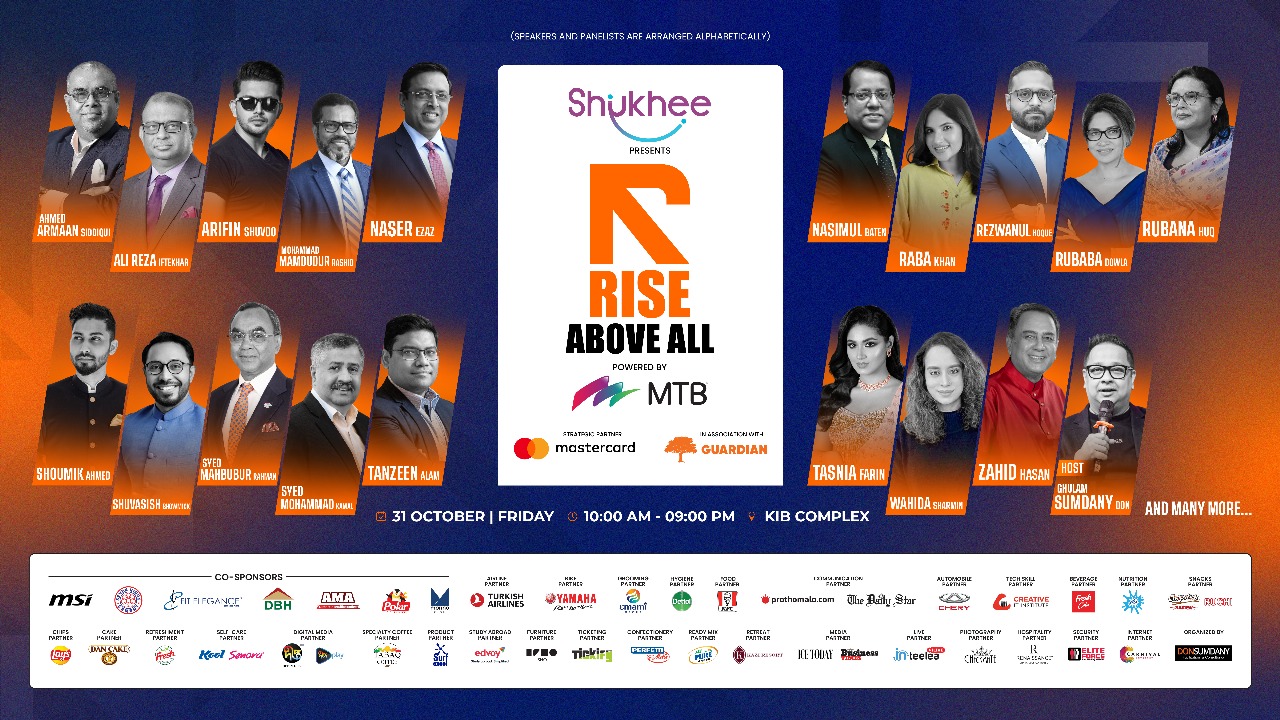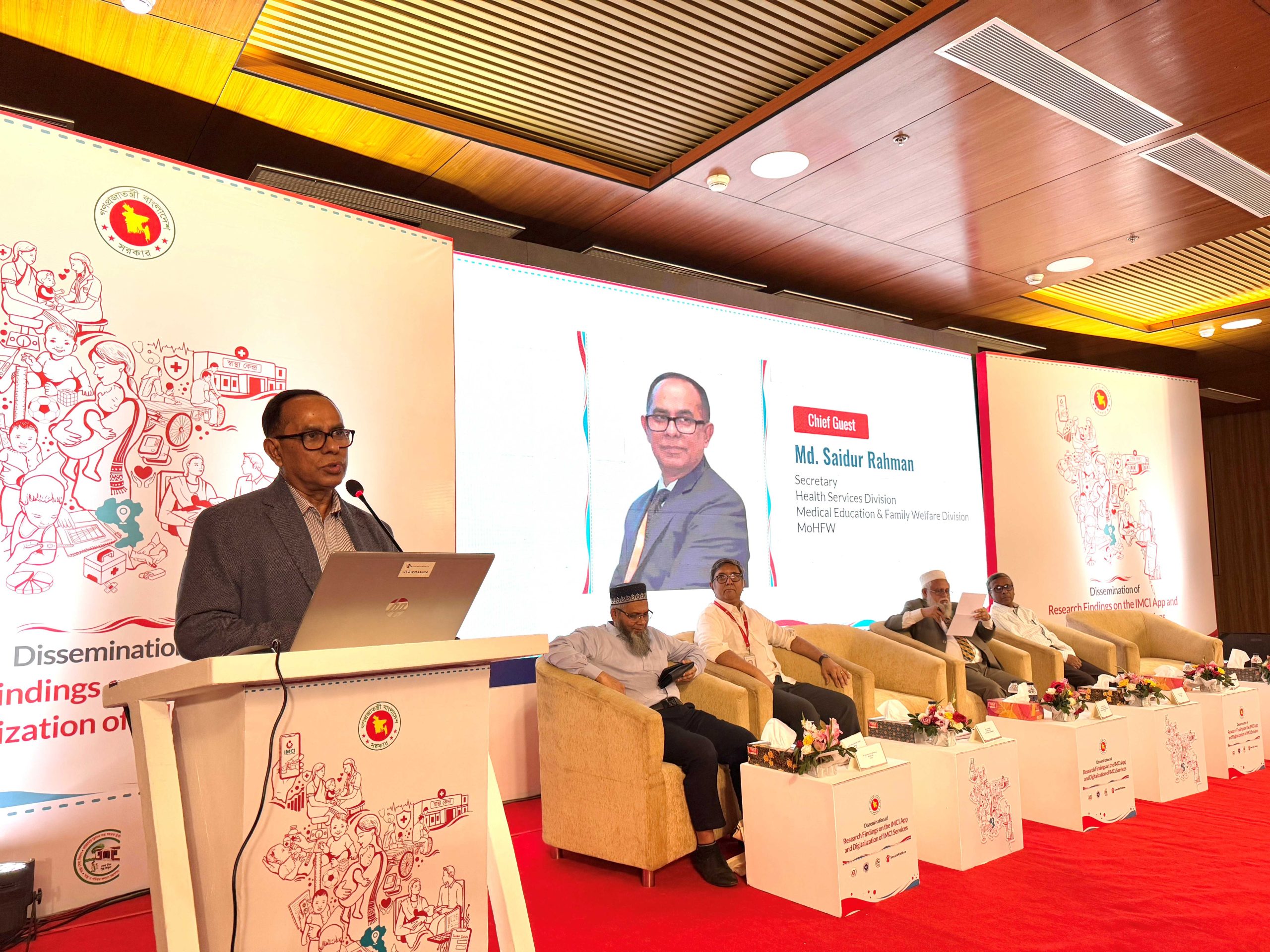Human Resource Management (HRM) has been around us long before we can imagine. The strategic and coherent approach to the management of an organization’s most valued asset – the people – have been existing ever since the early days of trade and commerce. Tracing back the roots, HRM begins with the presence of consistent methods for selecting tribal leaders in the ancient era. The practice of safety and wealth was then carried forward from one generation to the other and sustained until human civilizations scattered all across the globe and achieved growth in their distinct forms. From 2,000 B.C. to 1,500 B.C., the Chinese used employee screening techniques, and the Greeks had a system of appointing apprentices, both of which continued until we arrived into the age of industrial revolution and beyond.
Now whenever we think about Human Resource Management, we have this specific general picture in the back of our minds that HRM is probably all about white-collar managers running around with papers, interacting with employees, giving out instructions and much more. However, with the advent of technology, the entire HRM industry all around the globe has been set towards a revolution. Everyday actions related to HRM have been optimized for the presence of new gadgets and apps. The holistic process of managing the effectivity of employees in the workplace has begun to change.
Virtual and Augmented Reality and Real-life Training
On-the-job training is already prevalent in the current HRM practices and has now been further optimized for the integration of virtual reality (VR) and augmented reality (AR) to it. With the industry about to be worth $150 billion by 2020 (as per The Bank of America Merrill Lynch), VR and AR have already started to redefine essential HRM functions like onboarding, recruitment, and effective learning. A tour around the company, in multiple locations across the world, with a speech of CEO can now be easily made via VR technology. The merits are that it saves both time and transportation cost. The British Army has even started implemented Virtual Reality to train their recruits recently. Companies like Boeing and NASA have been using VR to train their pilots for quite a while now. Even BMW has now joined the fleet by developing an AR training for their service engineers.
Embracing All-Things Digital
With the millennials coming into the workforce, companies have already started to witness a colossal change in the workplace environment. Unlike their previous generations, this generation has embraced technology to their very core and have integrated electronic gadgets with almost every aspect of their lives. Hence companies in many cases had to adapt to this demographic feat and design their training programs accordingly. As a result, digital learning methods have now replaced traditional methods of employee training. Video, audio and digital simulations have replaced long lectures in the after-hours. Moreover, personalized training contents have also started to emerge. According to a survey conducted by Deloitte, a leading professional services firm, 40% of the companies around the world are all set to ‘transform’ all their employee training platforms into digitized versions. Moreover, with 50% of the workforce being taken up by millennials within 2020, these companies and others better be ready to do so.
Prepare to Wear: Technology in your Attire
With the enterprise wearables market set to be worth $18 billion by 2019, its implication on the HRM industry is visible. Till now all we have mostly seen about wearable technology is its ability to monitor health responses – but other matrices are also being developed these days. It has been forecasted that stress levels and productivity can also be computed in the not-so-distant future; thus, ensuring employee retention and workplace wellness. Companies like Bittium have introduced smartwatches in the retail sector, where employees can be notified of required actions based on real-time needs: alert cashiers when to switch turns, customer-facing personnel on where help is required, etc.
Taking Organization to New Height: The Cloud-based Systems
HR personnel in the past had to rely on legacy HR software to store information. Nevertheless, these are now rapidly being replaced by cloud systems. With the arrival of cloud technologies, the revolution of making workplaces go ‘paperless’ is also being heavily fueled. Collection and storage of data being a crucial aspect of HRM, information storage until the last few years was limited to hard drive spaces, piles of paper filing cabinets and desk drawers. This methodology quite naturally led to inefficiencies, security issues, data loss and chaotic office spaces. Now with cloud-based systems on board, data collection has been automated, and the storage process is entirely electronic; allowing the company to be much more efficient and steer clear of the previous data-storage methods.
Piloting through the Cloud
What can cloud-based systems possibly be if there were no Big Data? In fact, according to a 2013 SAS study, 6,400 organizations all around the world will implement Big Data analytics in their workplaces by the end of 2018. Company employees, just like customers, generate data. From the number of leaves taken all throughout the year to the change in output levels, such employee-generated data can be stored, interpreted and used for better decision making. This function defines the critical function of Big Data in HRM. Big Data with the combination of other technologies provides a tremendous amount of insight and allows the HR professionals to make decisions backed by concrete information and processes that are more efficient. Analyzing these data allows for better risk-management decisions, such as identifying the employees who could benefit from additional training by looking at their past output records as well as finding out the ones who are lagging behind. Moreover, recruitment has also become more factual and rational rather than intuition-driven. By analyzing all the information provided by a potential recruit, companies can highlight his/her principal strengths and decide whether to hire that individual or not; rather than just hiring based on hunches. Besides, tracking down a potential employee’s digital footprint and skimming through a pool of 20 candidates to find that one ‘perfect’ fit is now possible – thanks to Big Data. And what’s more interesting is that Big Data has even managed to earn itself a nickname among today’s leading HR professionals, as they now prefer to call it “People Analytics.”
Let the Bots Do The Talking
Chatbots have recently been integrated into the social media strategy of many reputed companies. A computer program designed to simulate the conversation with human users over the internet, chatbots have been taking several industries lately. Chatbots, now from HRM viewpoint, makes recruitment seem like a piece of cake. Providers like Ari, GoBe, and Xor are already offering chatbots specifically for recruitment purposes. And Sergeant Star, the chatbot that the US Army uses for recruitment, has already earned some reputation on its own.
The New Kind of Paycheck
The HR department oversees the remuneration or salaries paid to all the employees in an organization. Although much change has not been introduced in this sector globally, some countries seem to be quite ahead of the curve. GMO Internet Group, a Tokyo-based leading internet company in Japan, has recently adopted a policy of paying their employees using virtual currency or as they are more famously known nowadays – bitcoins. The company has initiated this plan last October via launching an Initial Coin Offering (ICO), where their employees can choose if they want to be paid in bitcoin. Although this concept is quite new but with the price of a single bitcoin being worth $13,000, many cryptocurrency experts have stated that this trend of paying newer forms of remuneration is very likely to catch on.
With all these advancements taking place, one might think that all these complex robots and technologies might replace the ‘Human’ aspect of ‘Human Resource Management’ pretty soon. But experts are thinking quite the opposite. Ian O’ Keefe, Google People Analytics Lead, highlighted a similar issue at the People Analytics & Future of Work conference in January 2016. He talked about his team’s efforts to quantify elements such as efficiency, effectiveness and employee experience by looking at hiring decisions, team climate, and personal development. At the end of the research, he along with his team concluded that people equipped with better data make better decisions than algorithms alone can do.
This conclusion surely goes on to prove the fact that even after all the massive technological improvements that the Human Resources Management sector is witnessing, the ‘human touch’ is still not replaceable. Managers will still have to work hard to bring out the best performance from all the employees, but will have better tools in the sleeves this time around!
Making Sense of All the Information
As Big Data assembles all the information in perfect order, Advanced Machine Learning extracts the patterns or necessary information from them by using various sets of algorithms, machine learning programs and abundant sources of data-building patterns. It also identifies vital insights alongside. This technology can improve the efficiency of the initial analysis that humans can do, allowing employees to look at higher level results and focus on more complex analysis as a result.
















